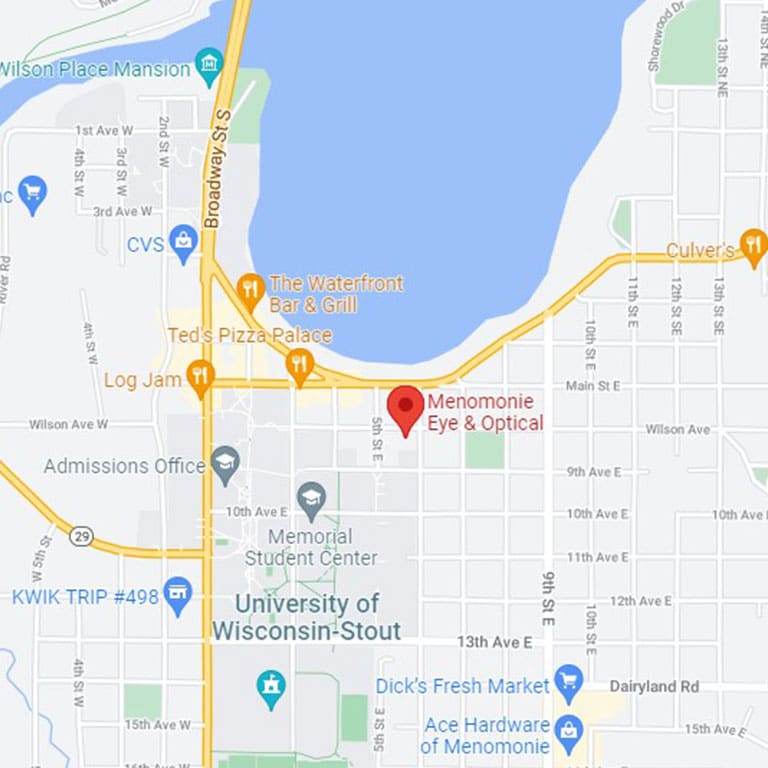Age-Related Macular Degeneration (AMD)

Age-Related Macular Degeneration is the leading cause of severe vision loss in people over age 50. The Centers for Disease Control and Prevention estimate that 1.8 million people have AMD and another 7.3 million are at substantial risk for vision loss from AMD.
There may not be any signs or symptoms in the early stages of macular degeneration which is why yearly examinations by your eye care professional is recommended. Symptoms can include gradual loss of the ability to see objects clearly or appear distorted in shape. Straight lines look wavy or appear crooked. Loss of clear color vision or a dark or empty area appears in the center of vision.
This eye disease occurs when there are changes to the macula, a small portion of the retinal that is located on the inside back layer of the eye. AMD is a loss of central vision that can occur in tow forms: “dry” or atrophic and “wet” or exudative.
There is no cure for dry AMD and any loss in central vision cannot be restored. Recent research shows a possible link between nutrition and the progression of dry AMD. Dietary changes favoring low-fat content and dark green leafy vegetables can slow vision loss and nutritional supplements may be beneficial.
Although less common “wet” macular degeneration results when fluids leak from newly formed blood vessels under the macula and blur central vision. Vision loss can be rapid and severe. Early detection is critical and can be treated with laser treatments or other medications that are injected directly into the back of the eye. These are not permanent cures but are used to slow the rate of central vision loss.



Leave a Reply
Want to join the discussion?Feel free to contribute!